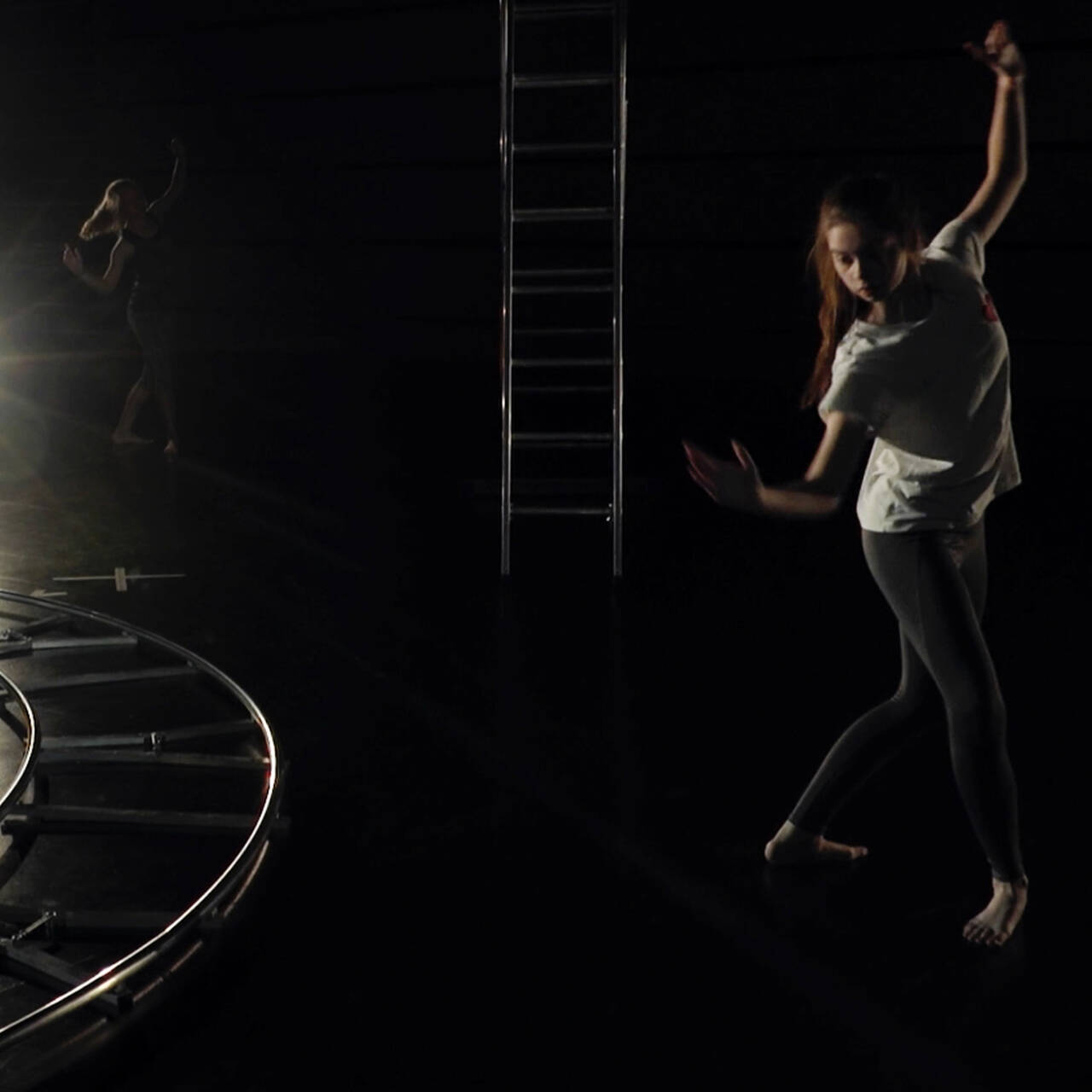What is the key to elegance and what does Agatha Christie have to do with it? A conversation with artist Maria Loboda on that closer look, on omissions and a collection of remarkable objects.
You studied at the Städelschule up until 2008. What‘s it like for you to be back in Frankfurt after such a long time and to exhibit your work here in a solo show?
It’s a really wonderful, almost surreal moment to come back to places for which you have so much respect. I am delighted that the things I have done in the years since graduating have met with interest, and it’s wonderful that the city where I grew up wants to welcome me back as an artist – I’m extremely grateful for that.
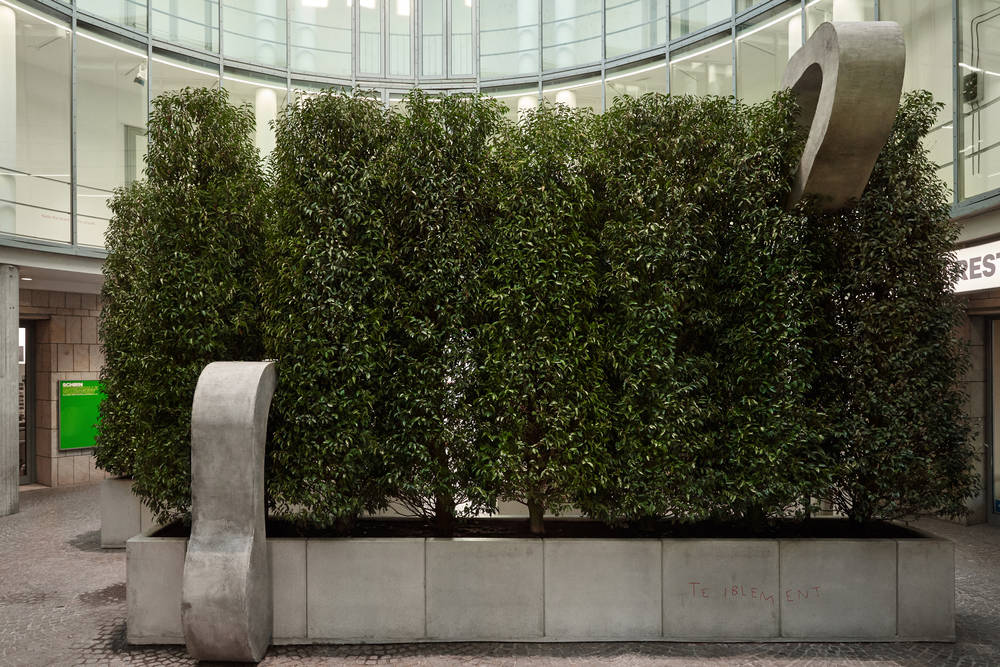
The key piece in your exhibition “Idyl in an Electronics Factory” in the Schirn Rotunda consists of two Portuguese laurel hedges arranged in parallel, which reach up to the first floor of the rotunda. To what extent do these reference to your earlier works?
Over the last ten years I have developed an approach that relates very closely to architecture in that I try to work with the relevant rooms as much as possible. I saw the Rotunda as one body: A kind of urban public thoroughfare like this is actually not a room at all. At the same time, I try to think independently of my oeuvre. I didn’t want to get bogged down in an attempt to create a kind of comment or reference to my time as a student in Frankfurt, but of course, when I took part in the “New Frankfurt Internationals” exhibition at the Frankfurter Kunstverein a few years ago, I created a work that I still believe is quite appropriate for the architecture of the city. It took the form of chopped tree trunks that were placed throughout Frankfurt city center, from which I later developed my documenta piece.
After much consideration I came back to positioned trees, to a kind of small landscape or garden structure. I thought it would be most elegant to add something to the Schirn that a lot of museums and art venues already have – this unusual place to retreat to, which is generally a sculpture garden and slots quite seamlessly into the architecture of the city. This is also perhaps what’s typical of my works, that at first glance they don’t appear to be artworks, at first you don’t even notice them and it is only cautiously that you realize they represent a kind of mimicry. The exhibition is my interpretation of the museum, an institution. It is a gentle approach to the classic role of a museum, an art venue – illuminating sculptures with love and care, presenting them well, hanging paintings well. My works, however, are simply lodged somewhere in limbo, like a glitch in the computer; the image is stuck in the corridor, the sculpture is hidden in the hedge.
My works, however, are simply lodged somewhere in limbo, like a glitch in the computer.
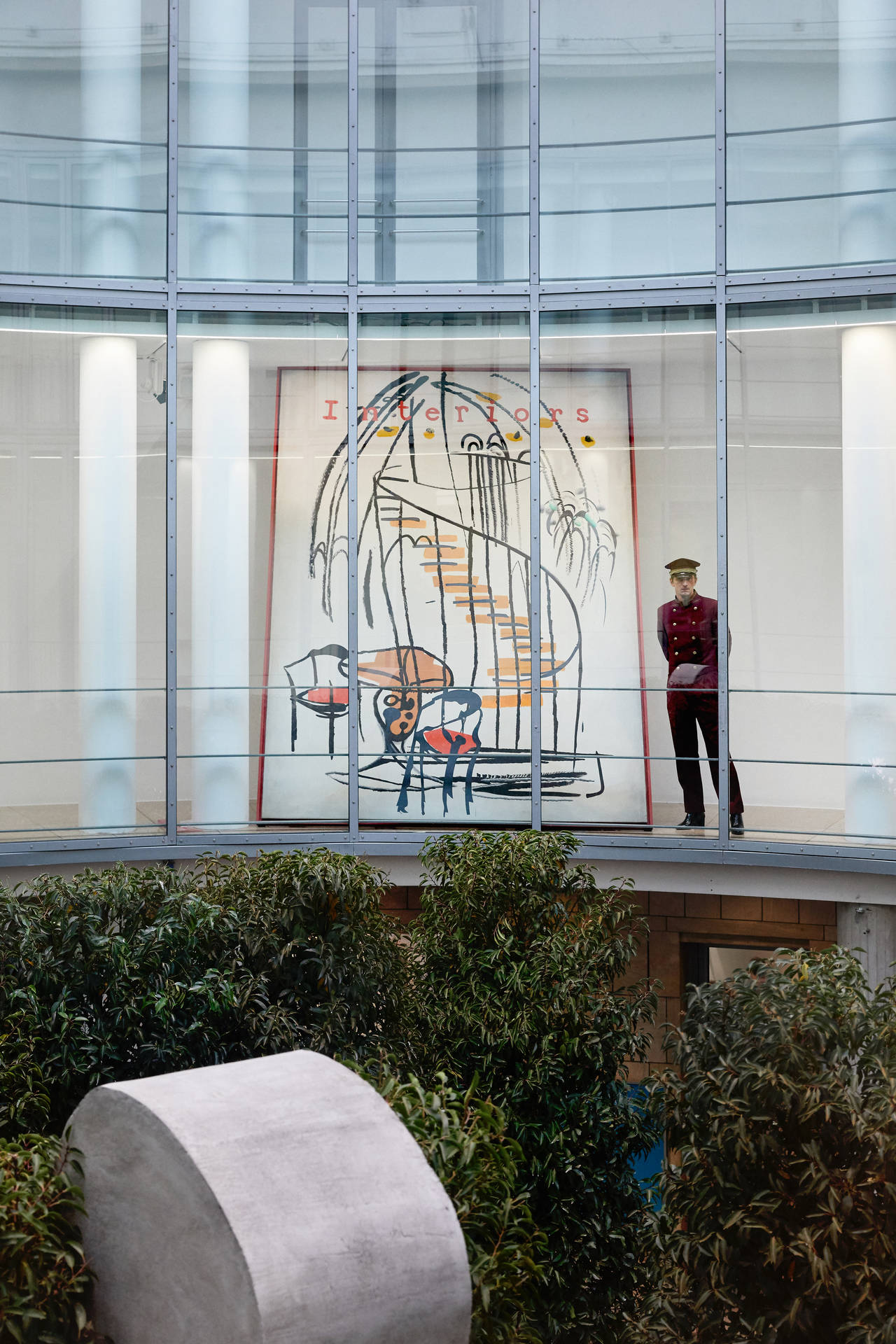
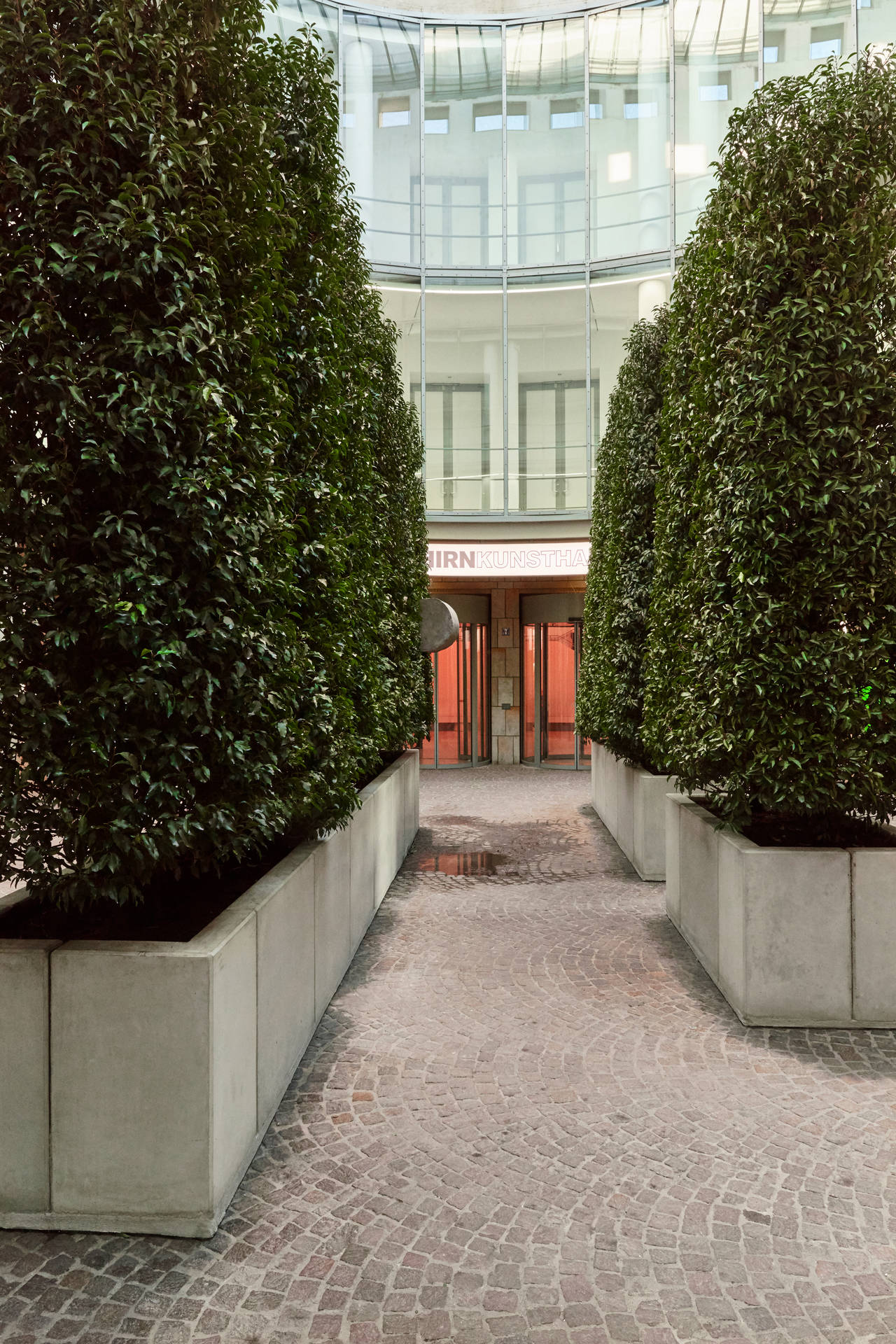
Another work in your exhibition can be considered part of a series in which a lettering indicates an object in the room. In the Schirn it is the lizard that sits on a circuit box in the ambulatory of the Rotunda. How did it get there?
In my exhibitions I have often presented a very small, exquisite object hidden away among lots of large works. At the openings I have then noticed how visitors point out these works to one another: “Look at the work in the left corner”. Hence the “Note the…” works became a series that I have already realized in other exhibition halls. I always collect things I find interesting enough to be incorporated into this family of remarkbale objects. Most recently, I was in Singapore to install my documenta work at the Contemporary Art Center. One evening I was sitting with the curator in front of the building and the alarm went off – the curator said casually that she thought a gecko had triggered the fire alarm. I found the way she said this so nonchalant, and it also implied that such a small thing can unleash such chaos. Thus, the lizard immediately made it into my collection of noteworthy objects.
At the opening evening you supplemented the exhibition with an element that is something new for you, that of performance. For “Teddy – A Warning”, you had a bellboy with a black eye run through the Rotunda. What fascinates you about the motif of the bellboy?
For me, performance is likewise a classic element of the museum and this too, as such, has barely been evident. The bellboy is a very interesting archetype, like the chauffeur or the pilot: never visible, but observant, attentive, and virtually all-knowing. A good house will have a good butler, a rich man will have a good chauffeur, a good hotel will have a good bellboy. What happens, though, when these figures break and start to go crazy? What happens when that which defines a kind of status suddenly starts to get out of control?
What happens when that which defines a kind of status suddenly starts to get out of control?
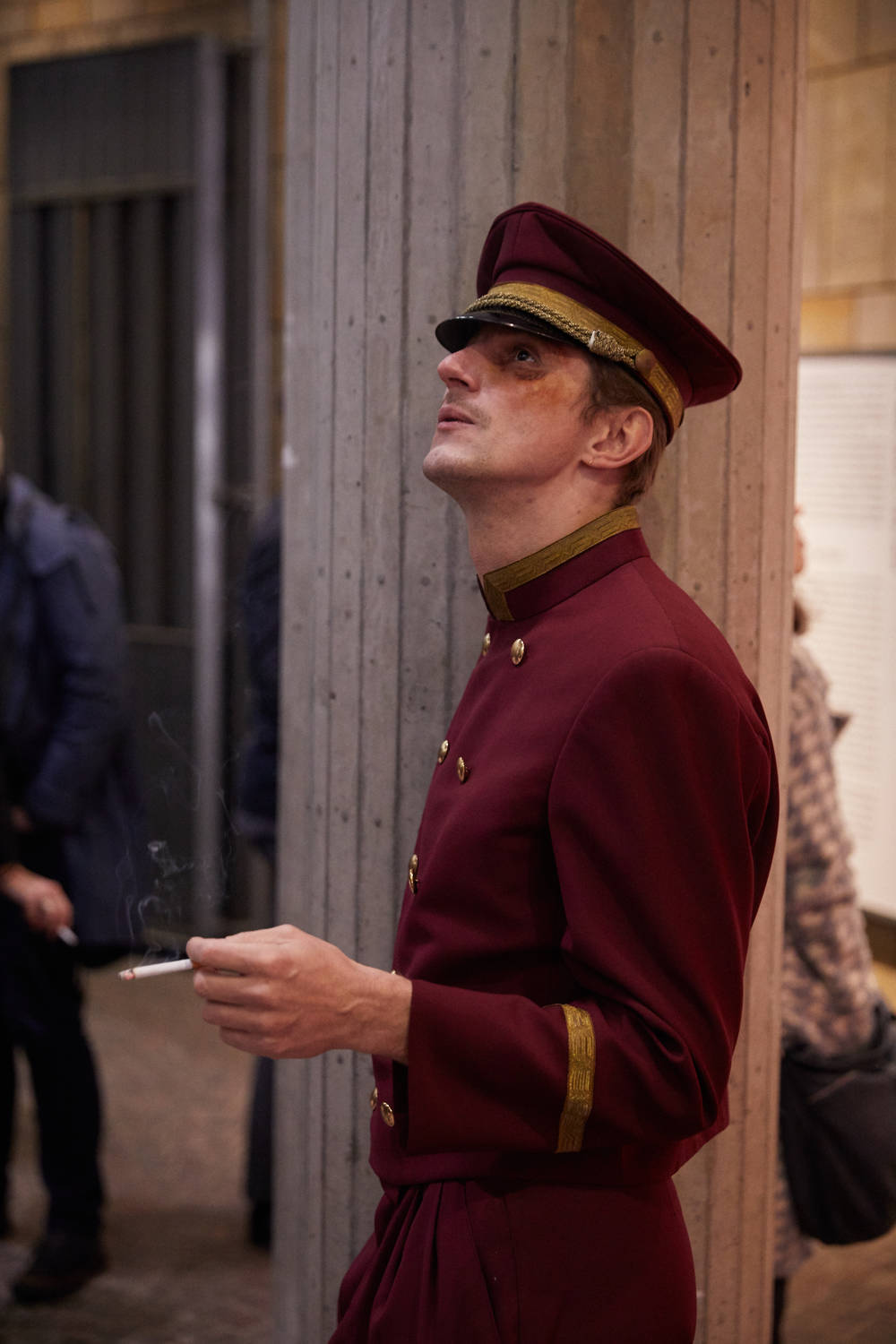
This potential dark side can also be creepy, but at the same time your works have a poetic effect. How does that come together?
Of course I love “noir” – Hitchcock, Agatha Christie – in its bourgeois perversity, but also, and most particularly, Raymond Chandler. This idea and particularly the fascination of crime novels have always interested me. In aesthetic terms, I find the combination of a perverse pleasure in something so forbidden very successful. I like it when things appear dangerous, when they are unreachable, when they have a potential autonomy, when they don’t belong to anybody, when they always evade you somehow, when they have a life of their own. And I like giving people the feeling that when you turn away, my works will have a marvelous time of their own.
Like the gecko on the circuit box!
Yes! And that’s also the way I imagine my works. Like small vignettes in time. It’s secretive, of course, because I skip an awful lot of things and you can imagine it all for yourself. The “keeping to oneself” is something else I find beguiling in people.
Is this where we find the key to the elegance that can be seen in your works? What role do you think elegance plays?
What I define as elegance for myself is that which is not shown. For me, elegance frequently consists in leaving things out. When this is done well enough, you delve deeper and deeper and understand what an unbelievably complex structure lies behind it. This can be done with any conceivable medium: fashion, music, and even landscape architecture. Sometimes there is an unbelievable amount of work in giving things that “sprezzatura”, the old word from Baldassare Castiglione’s “The Book of the Courtier”, which is a 15th-century manual on how to be a good courtier. What I mean is, there’s so much work involved, but everything you do has to have a touch of casualness to it. The idea of the insouciance of elegance is evident, of course, in light-footedness everywhere one goes. Yet if you never stop, then the elegance dies. You can slip up every now and again too – furtively, and then wake up regardless with a black eye. Here, it’s like with the gecko on the circuit box: You can never know whether or not this figure has perhaps had a magnificently bizarre night, you can only guess.
I like it when things appear dangerous, when they are unreachable [...]
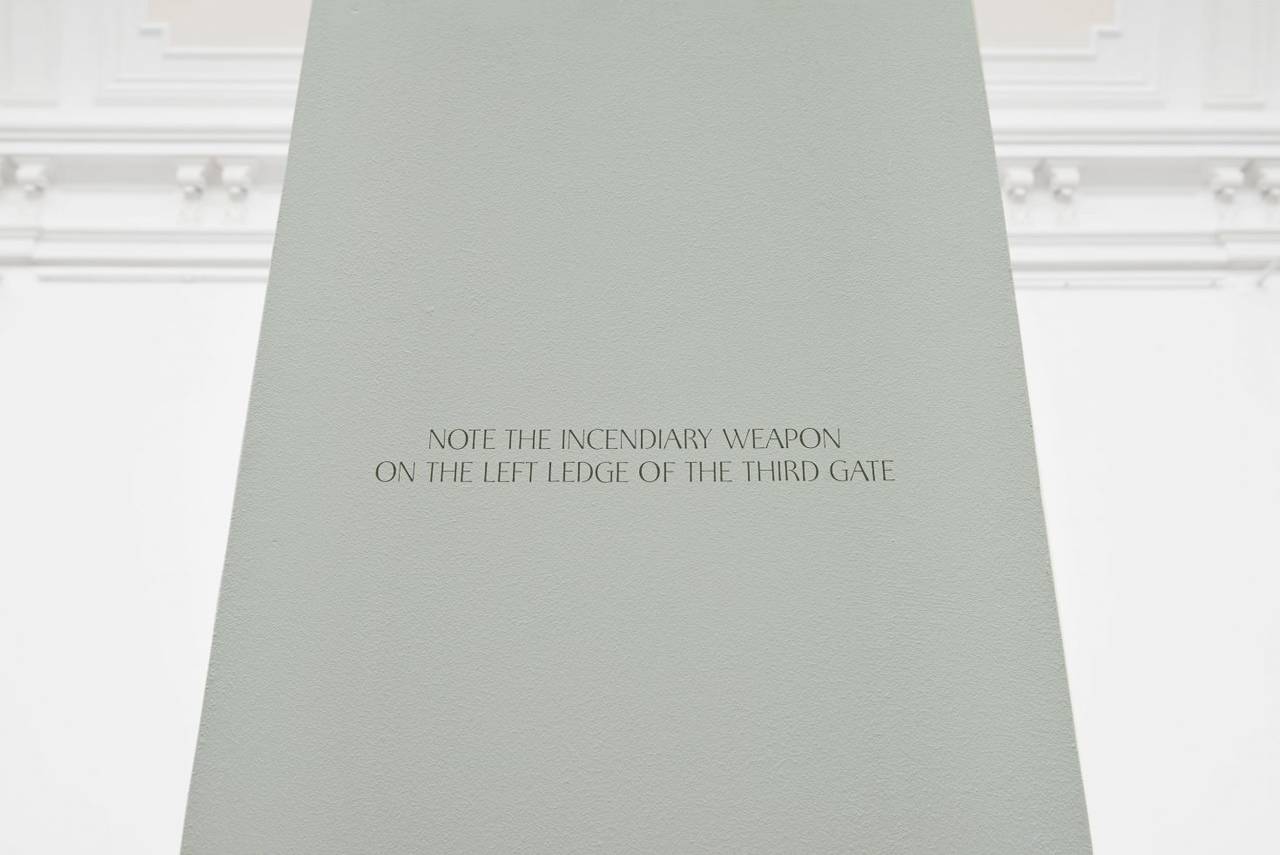
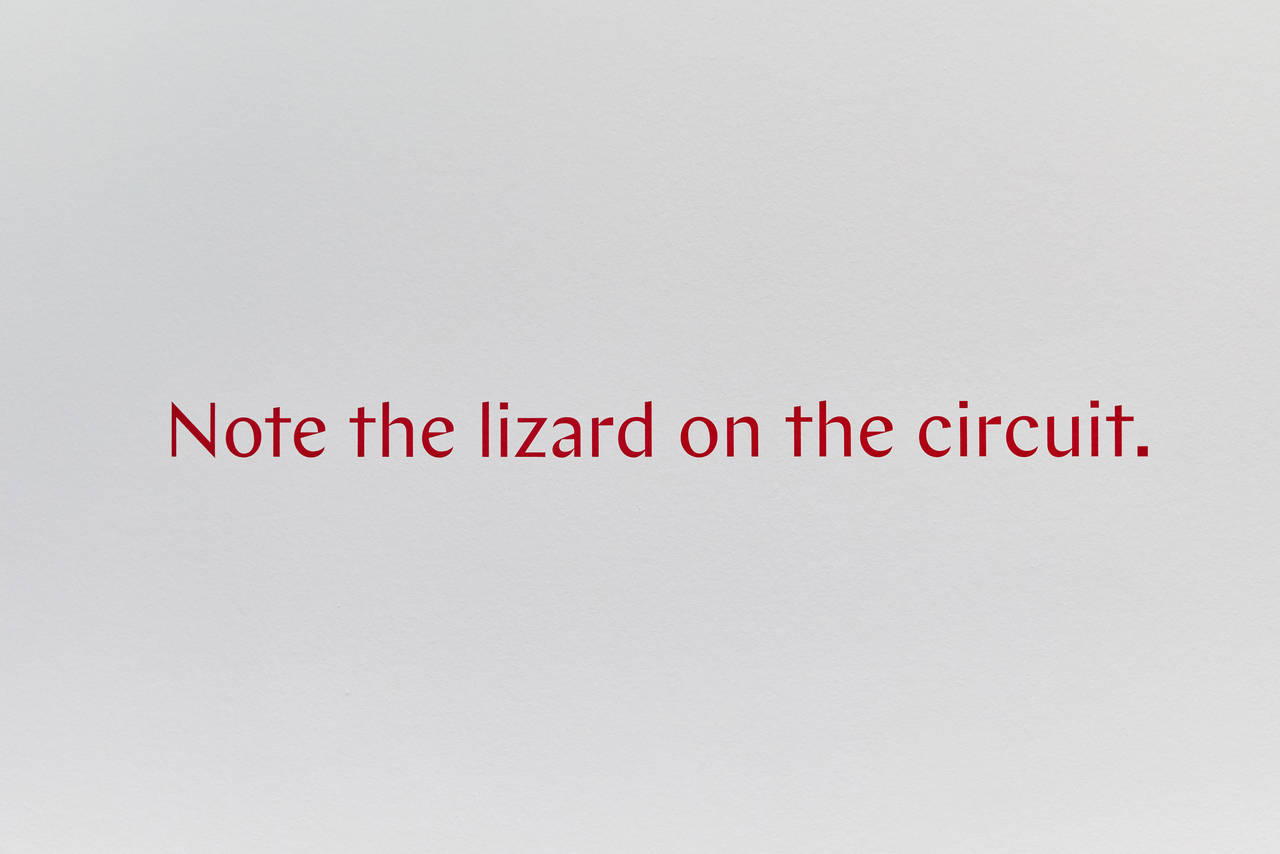
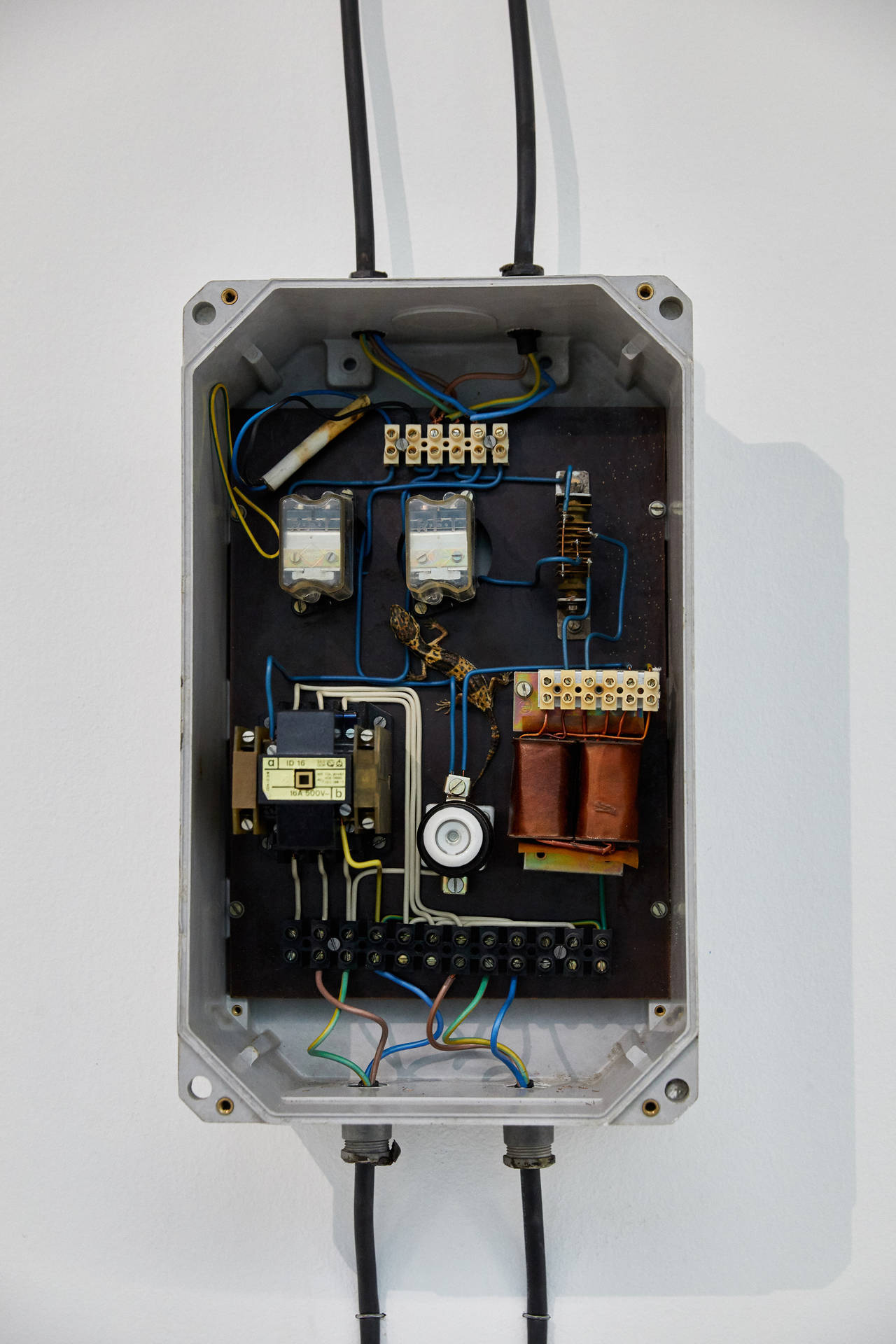
In all your works there is so much of what has long been forgotten from cultural history. How do you find your stories?
What really moves me is feeling a great fondness for things that have been overlooked, that have been falsely represented in science, or people who have been forgotten. I believe the past is a kind of continuity. It is truly dangerous not to understand where mistakes come from that have already been made, what people actually are. I always found it interesting to look at the errors in the system. On the other hand, though, I have one major concern about this. I am afraid that people have long been following a system that is wrong, that has always been there, and which has suddenly gained the upper hand. That is my way of explaining the world to myself.
